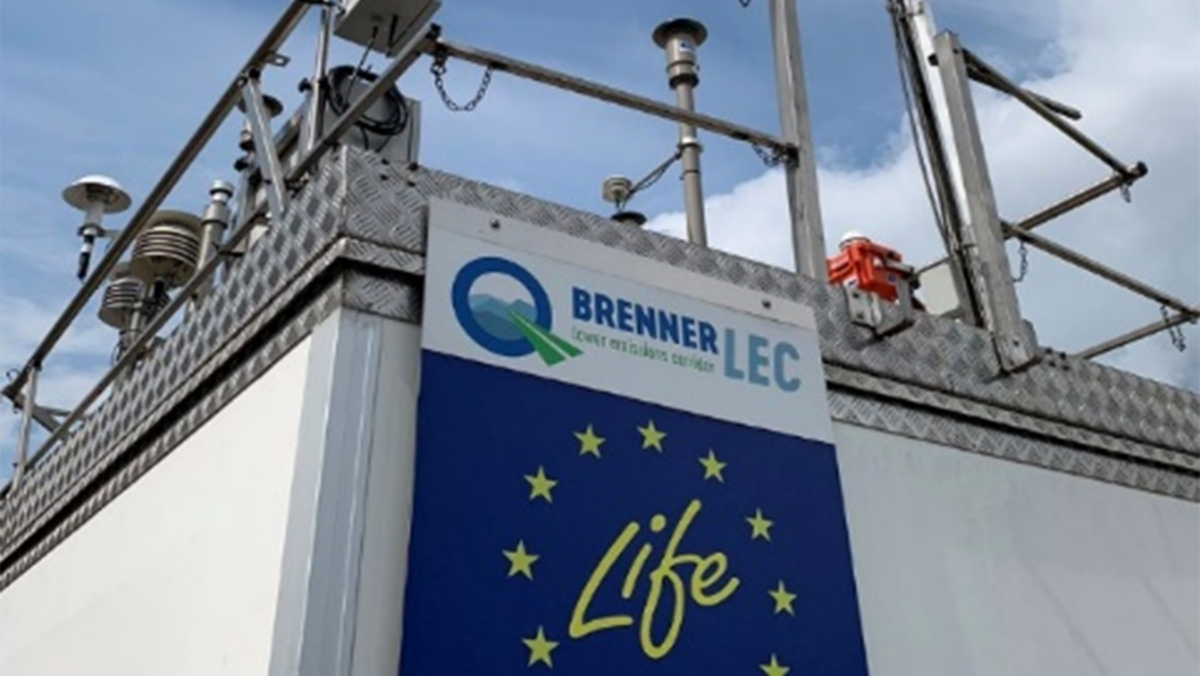Air Quality Capannori was born from the collaboration of Arpat, Comune di Capannori, CNR Institute of Biometeorology and University of Pisa.
The territory of Capannori is exposed to a severe environmental distress, due to its proximity to highways, combustion plants for paper processing and agricultural waste and, last but not least, a biomass power plant.
AirQino system was employed to launch an advanced environmental monitoring plan, capable of providing deep information on the spatial distribution of atmospheric pollution. A first control unit was placed near the Arpat detection control unit, the other four fixed control units were installed in Marlia, San Ginese, Carraia and Colle di Compito.
Data collected were used to complement those of ARPA Toscana fiscal monitoring stations, already operational, and allowed to start a detailed screening of the territory by analyzing parameters such as temperature, relative humidity, noise, road surface quality, carbon dioxide, ozone, dioxide nitrogen, carbon monoxide, PM 2.5, PM 10 and VOC (volatile organic components).


